The cross-border attack by the Ukrainian army not only came as a surprise, but together with the participation of the Ukrainian Air Force in an effort to support the ground forces in Kursk, three important weaknesses of the Russian Federation's air defense were exposed.

On August 6, about 1,000 Ukrainian soldiers, supported by tanks, armored vehicles and artillery, crossed the Ukrainian border and quickly spread out in different directions to attack.
By August 20, according to the announcement of the Ukrainian army published by The Kyiv Independent on August 22, the country had controlled 93 settlements with an area of 1,263 km2 , destroyed 3 bridges connecting the two banks of the Seym River, and captured many prisoners in Kursk to supplement the "exchange fund".
Ukraine's attack on Kursk prompted Moscow to declare a federal state of emergency in two provinces bordering Ukraine: Kursk on August 9 and Belgorod on August 15.
Also on August 15, the Russian Defense Minister established the Military Security Coordination Council in three border provinces, including Belgorod, Bryansk, and Kursk, with the participation of leaders of the Ministry of Defense , the General Staff, and the governors of these three provinces.
Next, as announced on August 20 by the Minister of Defense of the Russian Federation, Mr. Andrei Belousov, 3 new military units were also established in the 3 above provinces to protect local people and defend the territory of the Russian Federation against attacks by drones and other attack vehicles.
Experts basically believe that the Ukrainian attack on Kursk province confused Russian military officials because of its surprise, more than 121,000 people in Kursk had to evacuate, but when the Ukrainian air force entered the war, a new surprise appeared.
According to The Kyiv Post on August 22, the Ukrainian Air Force (UAF) was finally able to support Kiev's ground offensive in Kursk province.
On August 16, UAF Commander Lieutenant General Mykola Oleshchuk said that the country's air force was actively involved in hostilities on the Kursk front. Ukrainian pilots carried out high-precision airstrikes against enemy strongpoints, equipment clusters, logistics centers and supply routes.
Earlier on August 13, videos appeared online showing a Ukrainian SU-27 fighter jet launching a US-made Joint Direct Attack Munition (JDAM) glide bomb at a Russian Federation command post and hangar in Tetkino, a few kilometers north of the front line in Kursk.
The Ukrainian Air Force also participated in destroying at least one of the three bridges over the Seym River, trapping about 700-800 Russian paratroopers.
On August 20, a video was released showing a Ukrainian fighter jet attacking an underground Russian command post in the Kursk direction with a French-made AASM Hammer guided bomb.
According to independent military analyst Hans Petter Midttun, the maximum range of the AASM Hammer is about 50km when launched at high altitude and 15km when launched at low altitude, while the JDAM Extended Range (JDAM-ER) has a range of about 72km. Therefore, both the JDAM and AASM must be deployed within range of the Russian Federation's ground and air defense systems.
The US magazine Forbes assessed: “The risk to aircraft around the Kursk protrusions is enormous. The Ukrainian military has deployed what a Russian blogger described as “a significant number” of anti-aircraft batteries as well as electronic jamming devices that can block radio signals and, in some cases, even drop satellite-guided bombs.”
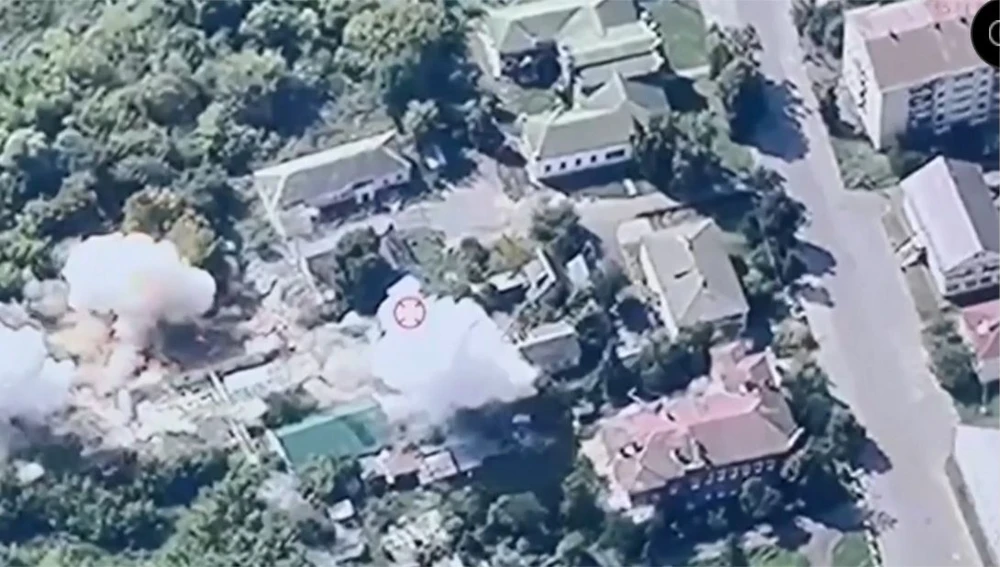
However, the airstrikes showed that Ukrainian fighters could operate more freely than expected. The fact that Ukrainian fighters were able to launch smart bombs at a number of high-value targets on the territory of the Russian Federation revealed some important weaknesses in Moscow's air defenses.
First, the Russian Federation lacks sufficient airborne surveillance and airborne early warning assets to effectively counter Ukraine's offensive operations.
Second, the Russian Federation lacks the capacity to deploy the permanent combat air patrols (CAPs) needed to intercept Ukrainian fighters before they can bomb targets beyond the frontline.
Third, the Russian Federation lacks an air defense network capable of protecting key targets from Ukrainian airstrikes by fighter jets, missiles, and drones.
In an article published in The Kyiv Post on August 22, independent military analyst Hans Petter Midttun argued that the above weaknesses of the Russian Federation were exposed after a Ukrainian operation targeting radars, air bases, air defense units and electronic warfare systems, as well as fuel and ammunition depots in Moscow. In the process, Ukraine not only crossed the declared red lines of the Russian Federation but also managed to shape the battlefield in its favor.
According to Baotintuc.vn
Source: https://www.sggp.org.vn/chien-dau-co-ukraine-tan-cong-kursk-lam-lo-ba-diem-yeu-quan-trong-cua-phong-khong-nga-post755341.html


![[Photo] Flooding on the right side of the gate, entrance to Hue Citadel](https://vphoto.vietnam.vn/thumb/1200x675/vietnam/resource/IMAGE/2025/10/28/1761660788143_ndo_br_gen-h-z7165069467254-74c71c36d0cb396744b678cec80552f0-2-jpg.webp)


![[Photo] Draft documents of the 14th Party Congress reach people at the Commune Cultural Post Offices](https://vphoto.vietnam.vn/thumb/1200x675/vietnam/resource/IMAGE/2025/10/28/1761642182616_du-thao-tai-tinh-hung-yen-4070-5235-jpg.webp)

![[Photo] National Assembly Chairman Tran Thanh Man received a delegation of the Social Democratic Party of Germany](https://vphoto.vietnam.vn/thumb/1200x675/vietnam/resource/IMAGE/2025/10/28/1761652150406_ndo_br_cover-3345-jpg.webp)









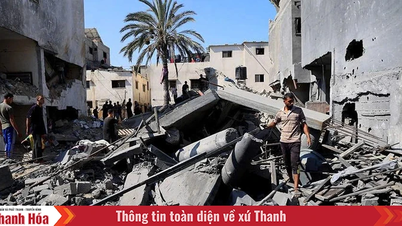












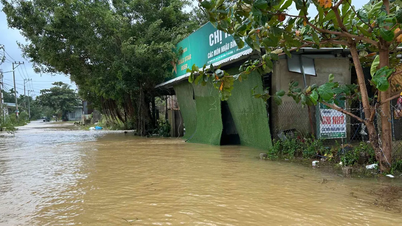


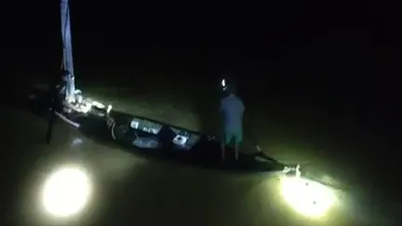
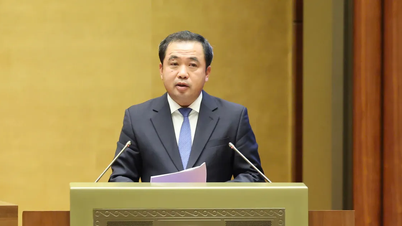

![[Photo] President Luong Cuong attends the 80th Anniversary of the Traditional Day of the Armed Forces of Military Region 3](https://vphoto.vietnam.vn/thumb/1200x675/vietnam/resource/IMAGE/2025/10/28/1761635584312_ndo_br_1-jpg.webp)









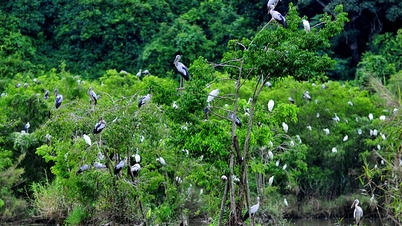


























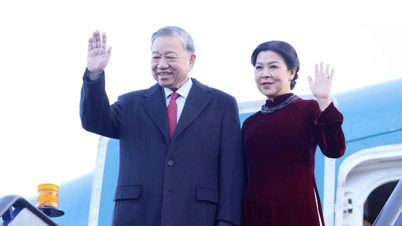









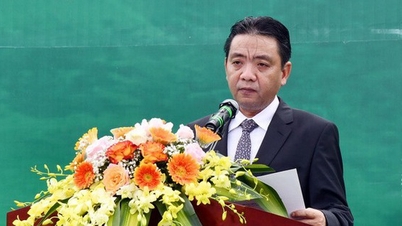





























Comment (0)